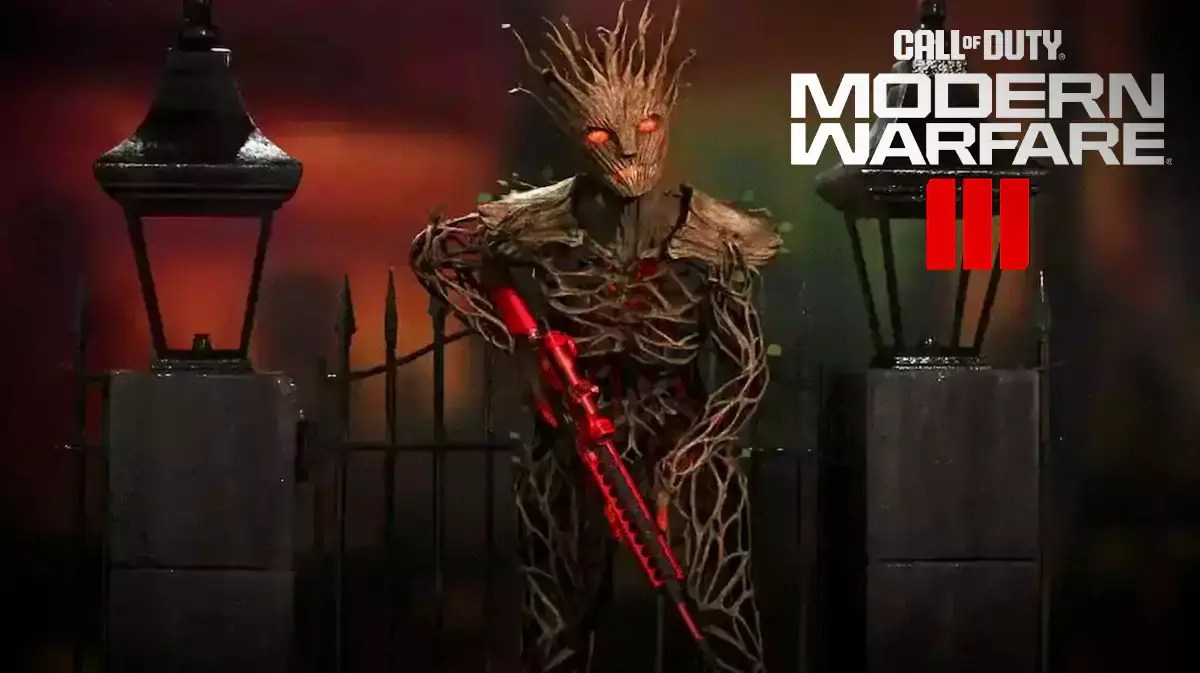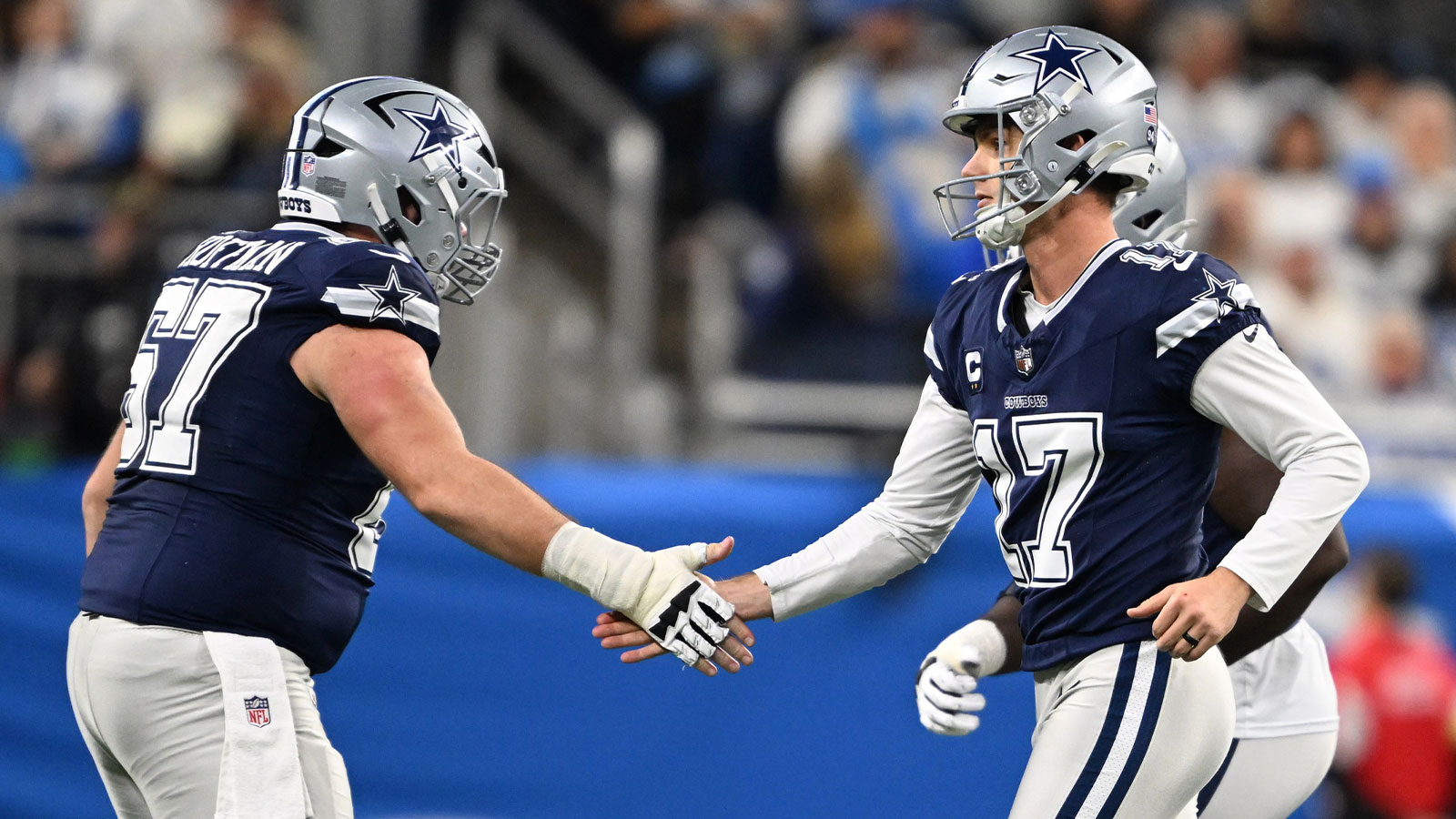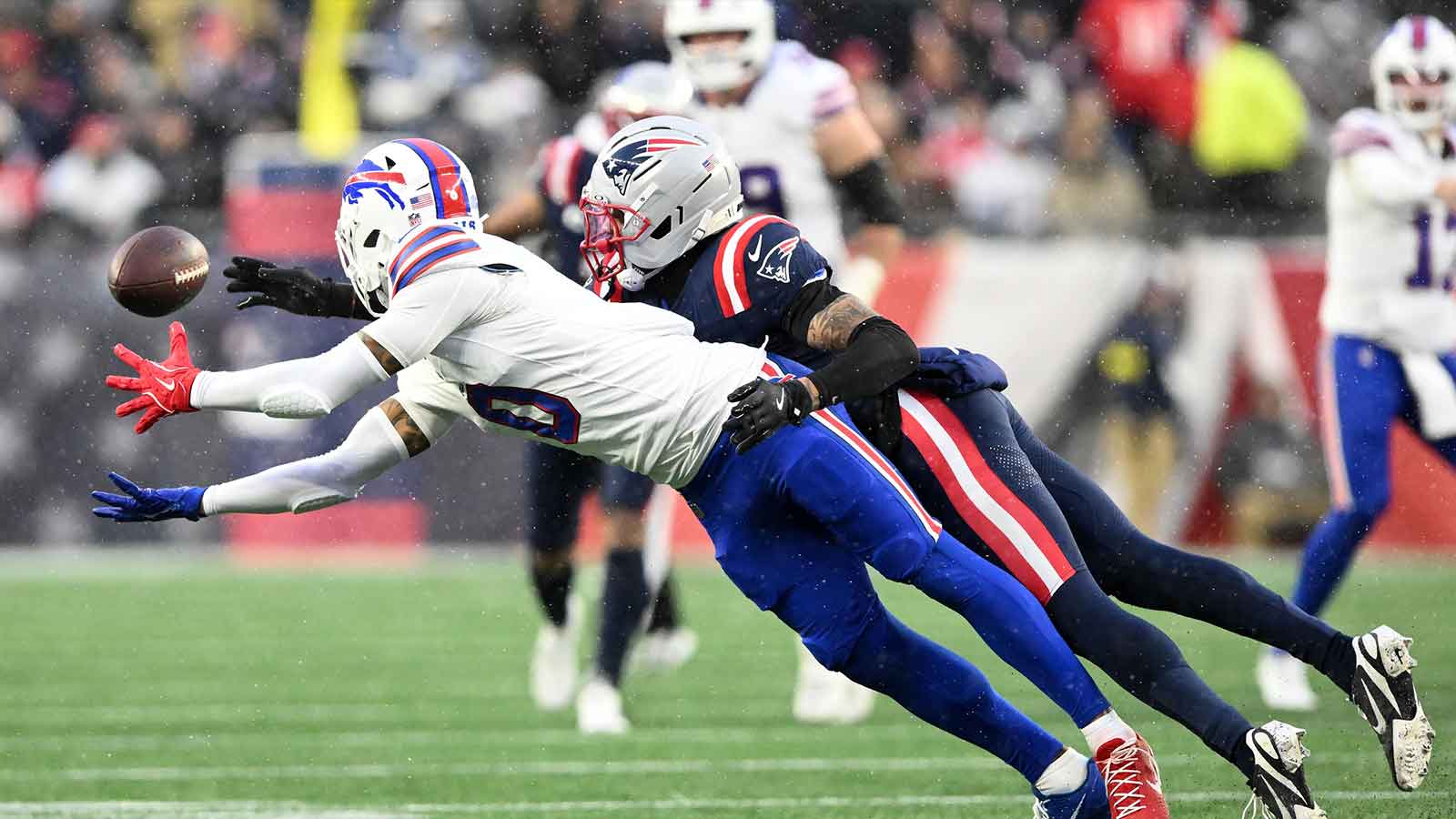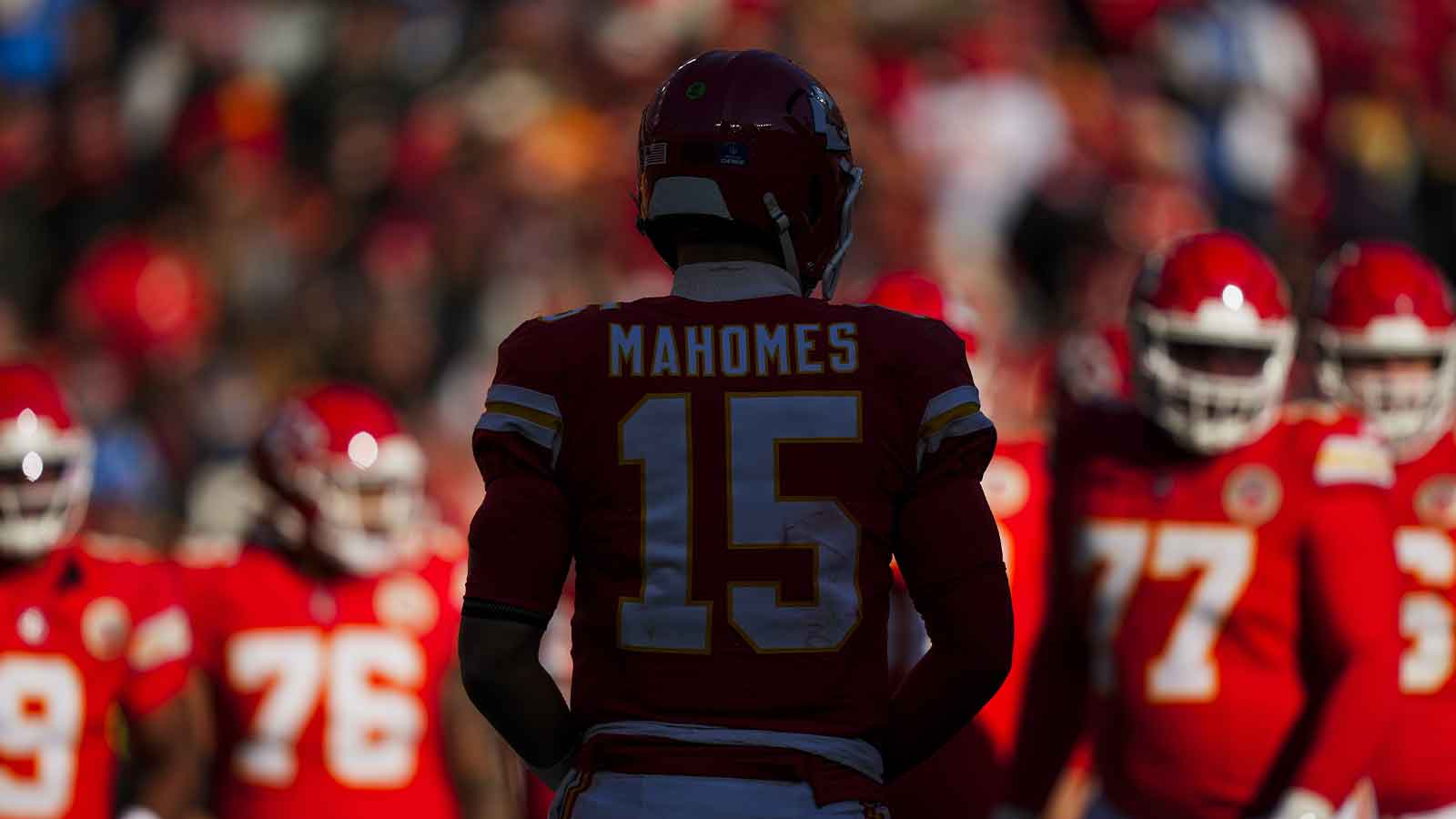The Call of Duty franchise's latest Season 1 Reloaded update has been a rollercoaster of excitement and controversy since its release on January 17. Initially, the update was met with a wave of positive feedback from the community, eager to dive into the new content and features. However, this initial excitement was soon tempered by a series of technical issues, casting a shadow over the update. Among the most contentious points was the reintroduction of the Gaia skin, infamously known in the gaming community as the “Evil Groot” skin.
The update, which was highly anticipated as a major advancement in the Call of Duty series, quickly became embroiled in controversy. Players encountered numerous bugs that adversely affected gameplay, ranging from minor annoyances to significant disruptions. This situation necessitated swift action from the development team, who launched a series of hotfixes in an effort to address these issues. This rapid and focused response mirrored the team's previous actions during an overnight update, demonstrating their commitment to maintaining a high-quality gaming experience.
Despite these challenges, the update brought with it a host of new and exciting features. Players were introduced to a new and engaging Multiplayer map, a variety of new Multiplayer modes, and the highly anticipated Warzone Champions Quest. These features added new layers of depth and excitement to the game, offering fresh experiences for both seasoned players and newcomers alike.
Gaia “Evil Groot” Skin Is Reintroduced In Season 1 Reloaded
The decision to reintroduce the Gaia skin, however, has sparked extensive debate within the Call of Duty community. Originally, the skin was removed due to its ability to blend almost perfectly with various game environments, providing a significant stealth advantage, particularly in areas with muted colors. This led to widespread criticism, with many players feeling that it gave those using the skin an unfair advantage in gameplay.
Here is the difference between the "Evil Groot" Skin after the Nerf in Season 01 Reloaded!
Left – Pre Nerf
Right – Post Nerf#MWIII pic.twitter.com/FIDt9bNtEi— Warzone Intel (@TheWarzoneIntel) January 17, 2024
In a move to address these concerns, the developers significantly altered the Gaia skin, changing it from its original semi-transparent design to a fully opaque one. This redesign was intended to neutralize the skin's previously unfair stealth advantage, which stemmed from its ability to render players nearly invisible in certain situations.
The reintroduction of the Gaia skin in this modified form has elicited a variety of reactions from the community. Some players have expressed appreciation for the skin's unique aesthetic and thematic design, while others remain wary. The latter group questions whether the adjustments made to the skin are enough to prevent a repeat of the issues that led to its initial removal.
— Synicuz (@Synicuz) January 17, 2024
This uncertainty within the community is rooted in the nuanced nature of the changes made to the Gaia skin. While the most obvious issues have been addressed, there is ongoing debate about whether these modifications are comprehensive enough to prevent future controversies. The long-term effects of the redesigned Gaia skin on the overall balance and fairness of gameplay are still under scrutiny.
As Call of Duty continues to navigate these new developments, the player community is keeping a close and cautious eye on the situation. The reintroduction of the Gaia skin, along with the technical glitches that marred the initial release of Season 1 Reloaded, presents a complex challenge for the game's creators. The coming weeks will be critical in shaping the public's perception of the update and in determining how players adapt to the reintroduction of the Gaia skin. The developers' ability to respond to feedback and adjust accordingly will be key to maintaining Call of Duty's status as a premier gaming franchise.
For more gaming news, visit ClutchPoints Gaming



















